Still working on this 1/96 SKIPJACK. Today's effort was masking off the hull and sail planes and painting in the dark gray representing the non-skid surfaces. The painting itself takes seconds. The masking takes for freaking ever!
I'll have this thing ready for the 2021 Fleet-Run... American Revolution permitting of course. Hope this national enema is short lived!

Off the plans I made templates to guide me as I cut out masks to form the boarders between the lighter shade of gray representing the anti-skid areas and the rest of the hull.
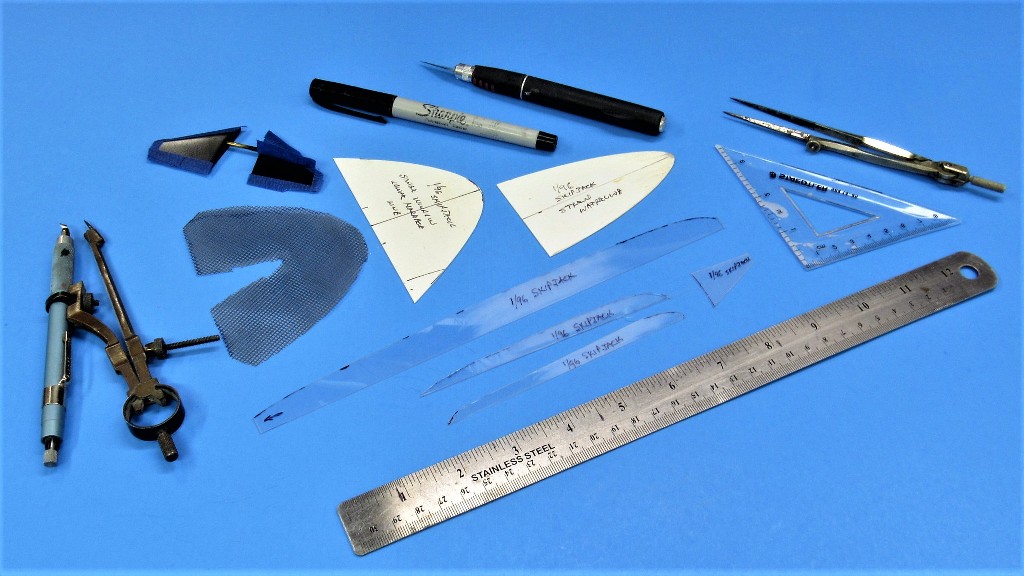

For small area coverage like this I'll use the cheap and much more easier to prepare and apply water soluble acrylic paints. You get those from Walmart or other such box stores -- these paints are in the 'craft' section next to the sparkle-powder and other such fluff.
To prevent fish-eye or runs I make several coats, drying each with the aid of a heat-gun before proceeding with the next coat. Next operation will be to lay down 'international orange' onto the two escape buoys, after which the entire model will be given a heavy clear-coat to protect the paint and form a barrier before I move into the 'weathering' phase of the paint job. That clear coat will permit me to 'erase' any goofs without damaging the underlying paint work.

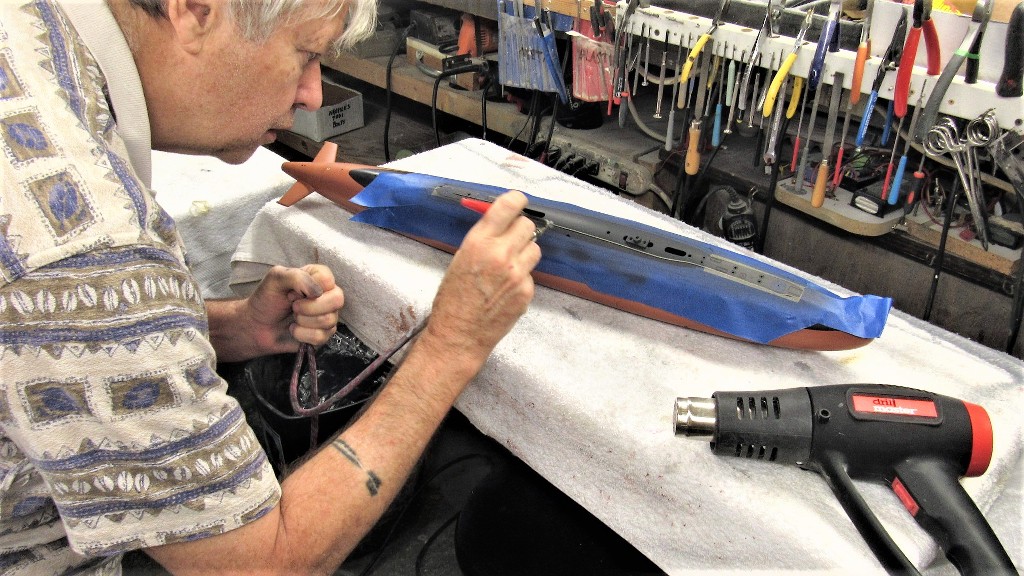
I'll have this thing ready for the 2021 Fleet-Run... American Revolution permitting of course. Hope this national enema is short lived!

Off the plans I made templates to guide me as I cut out masks to form the boarders between the lighter shade of gray representing the anti-skid areas and the rest of the hull.


For small area coverage like this I'll use the cheap and much more easier to prepare and apply water soluble acrylic paints. You get those from Walmart or other such box stores -- these paints are in the 'craft' section next to the sparkle-powder and other such fluff.
To prevent fish-eye or runs I make several coats, drying each with the aid of a heat-gun before proceeding with the next coat. Next operation will be to lay down 'international orange' onto the two escape buoys, after which the entire model will be given a heavy clear-coat to protect the paint and form a barrier before I move into the 'weathering' phase of the paint job. That clear coat will permit me to 'erase' any goofs without damaging the underlying paint work.





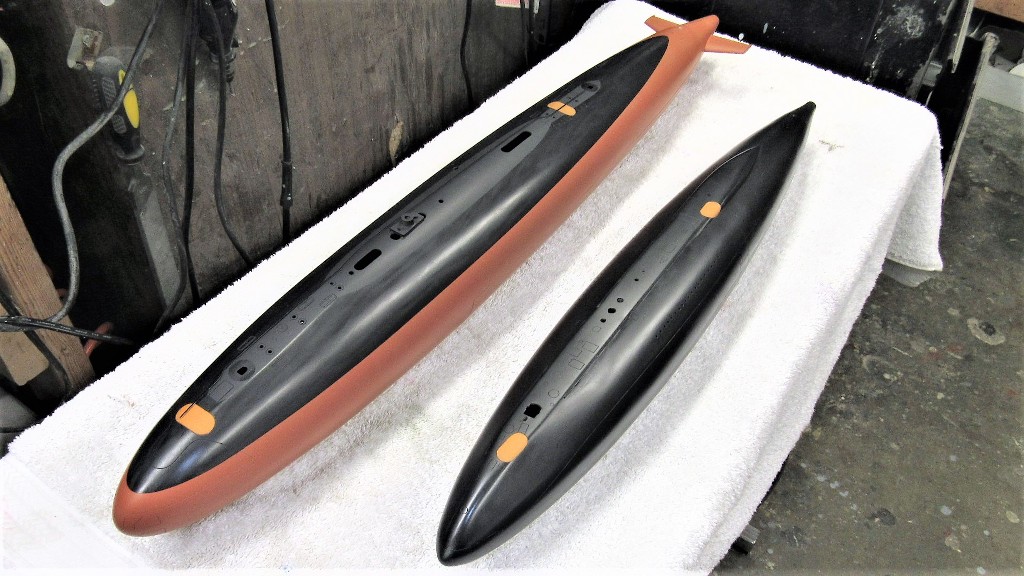
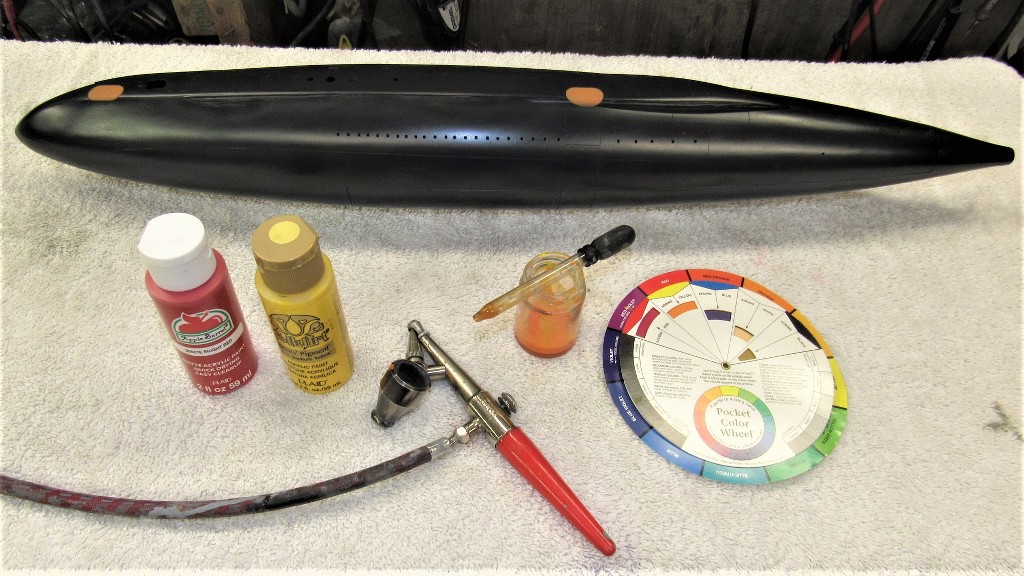
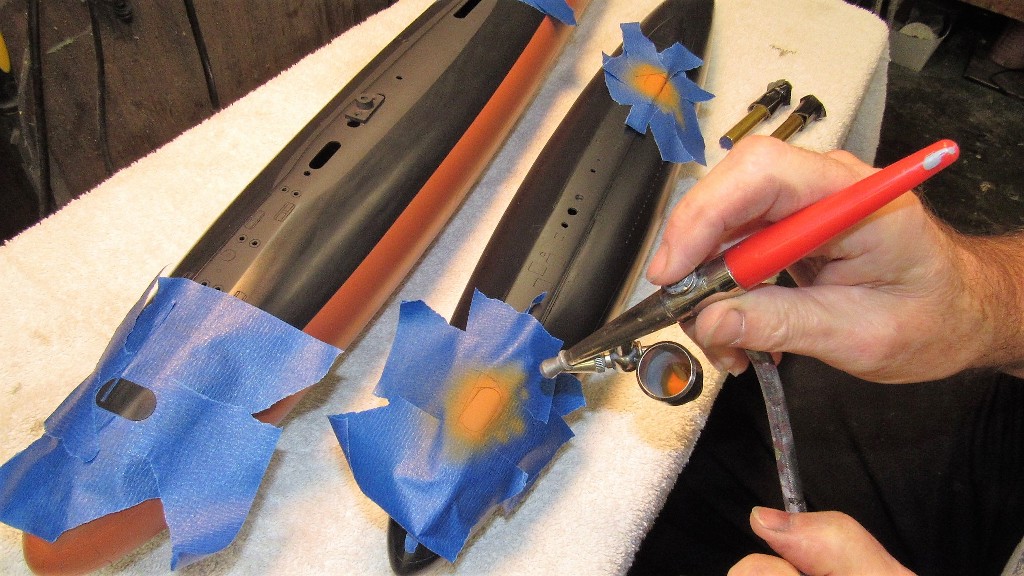
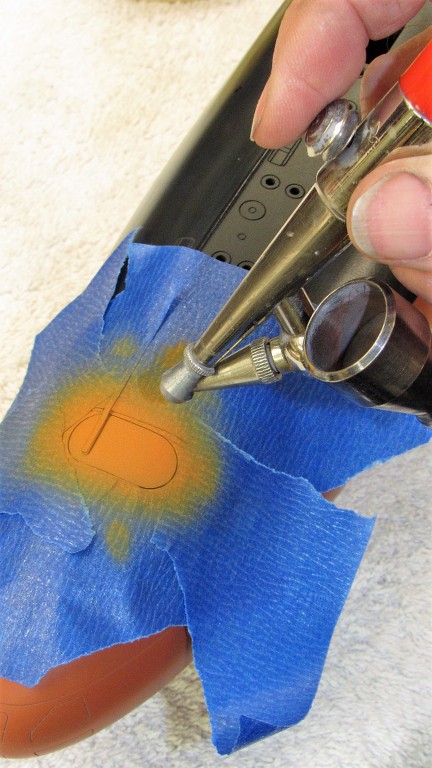
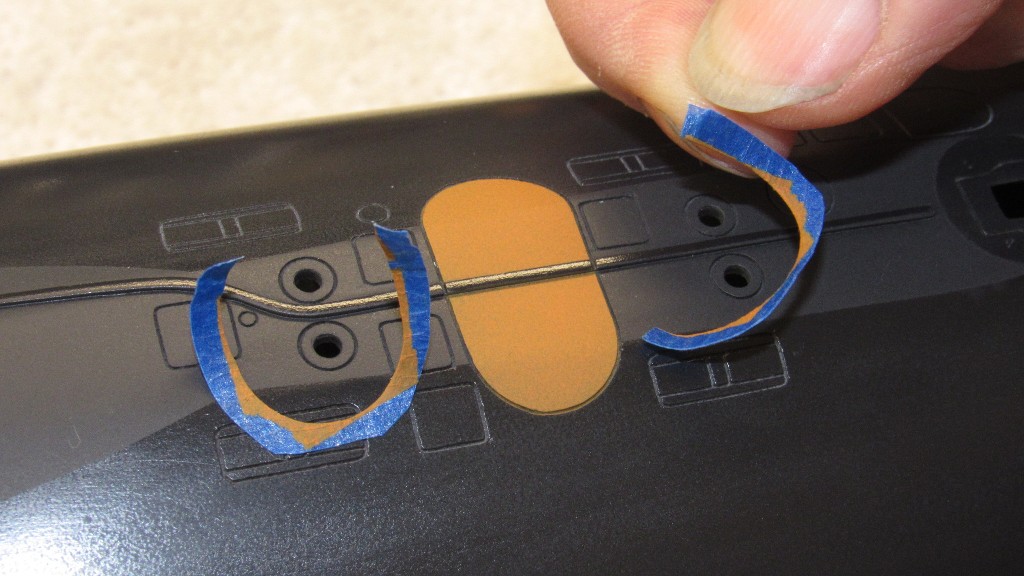
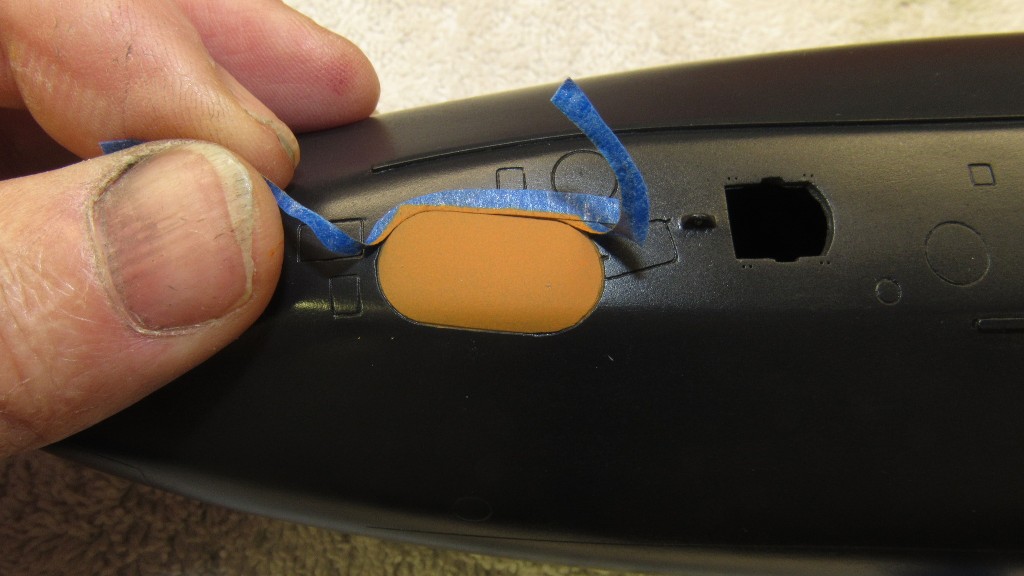
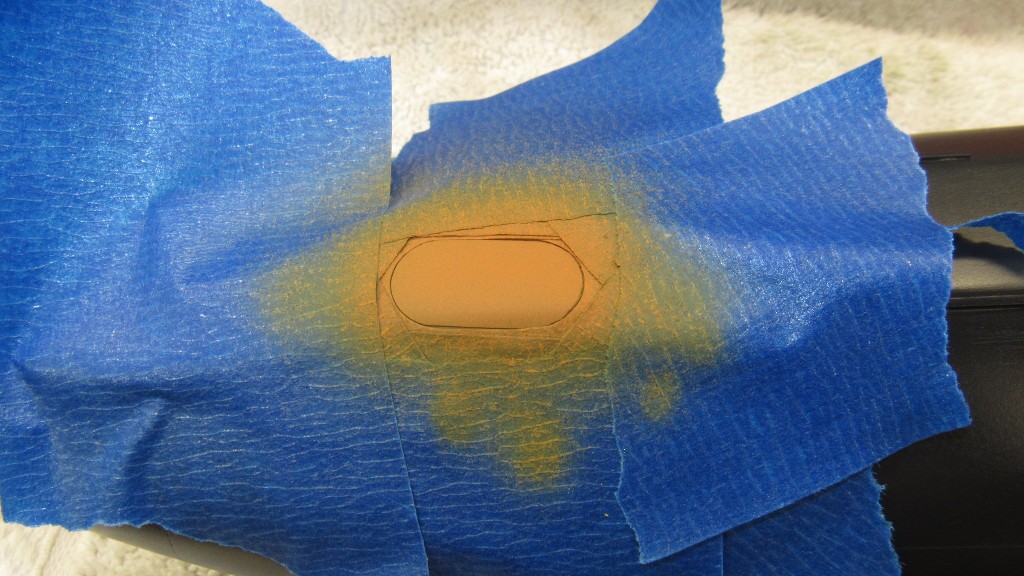


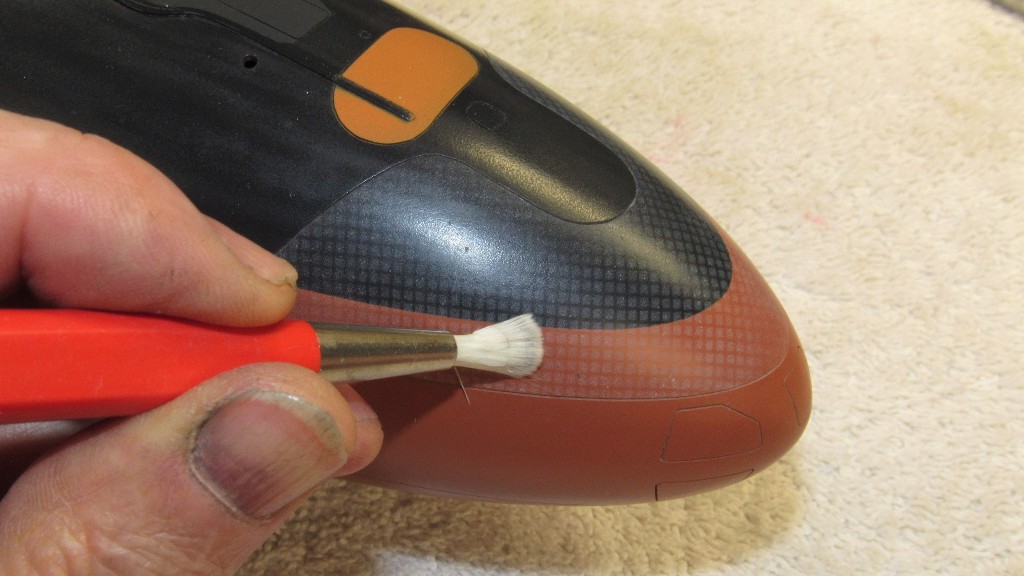
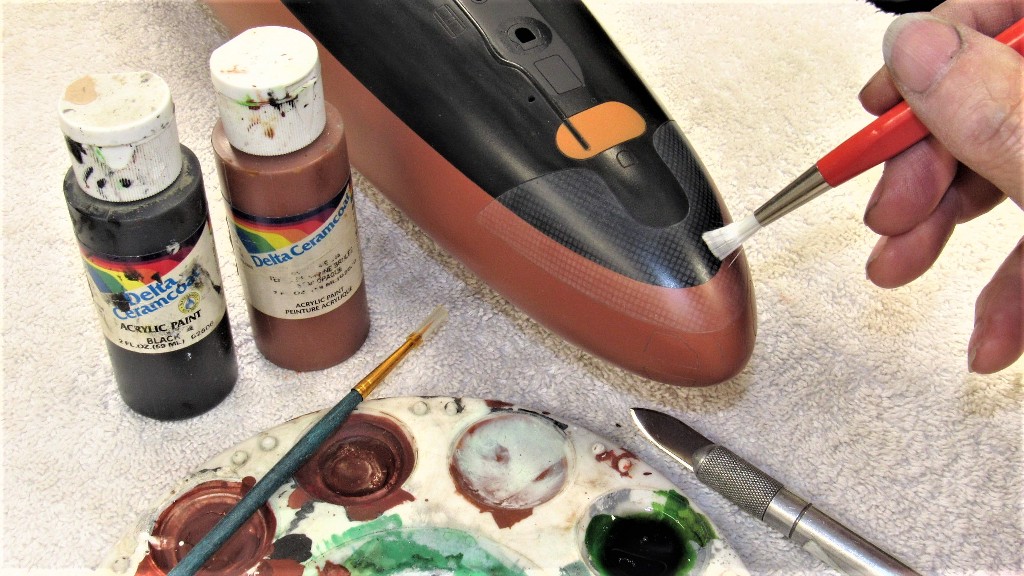


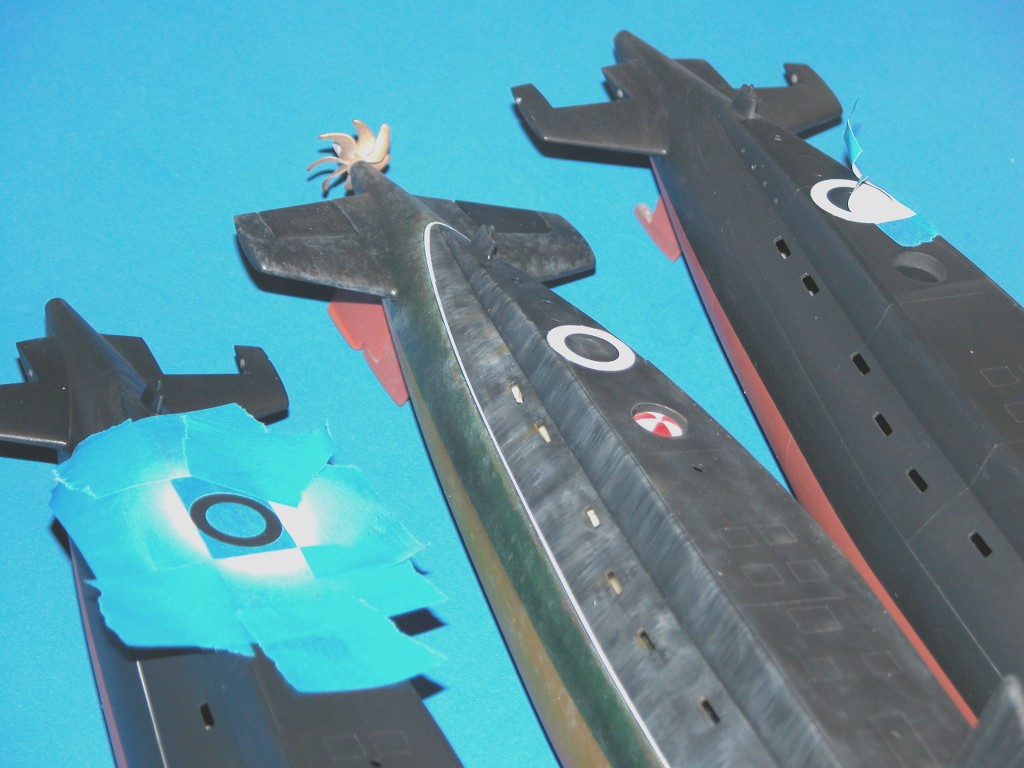

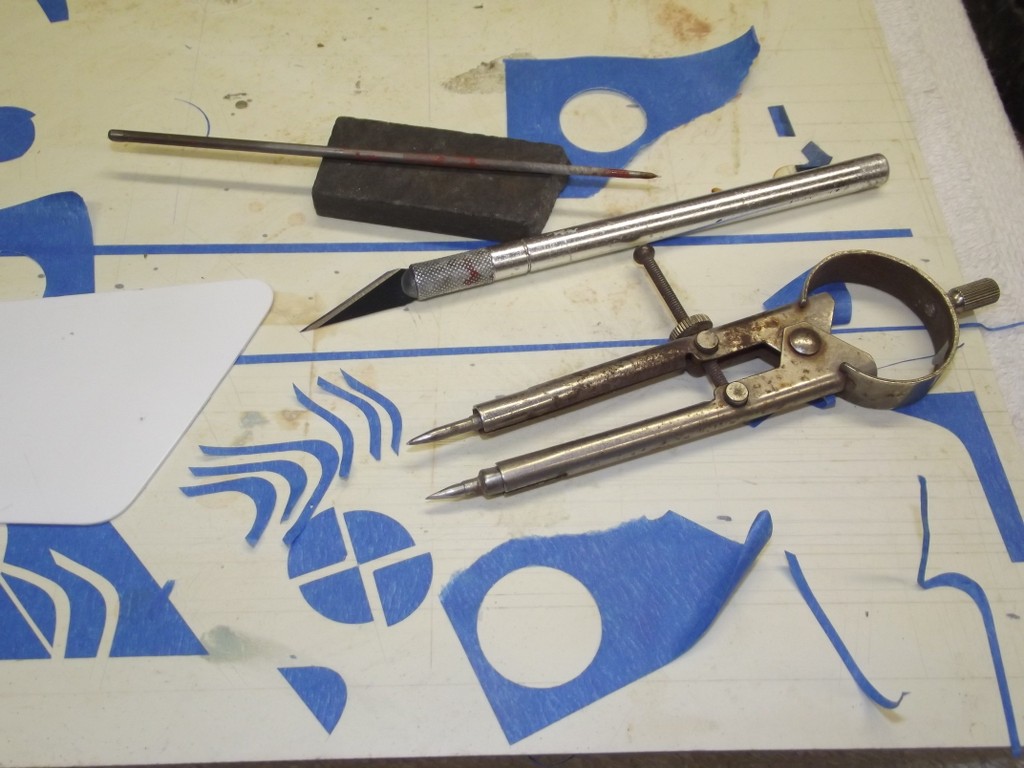
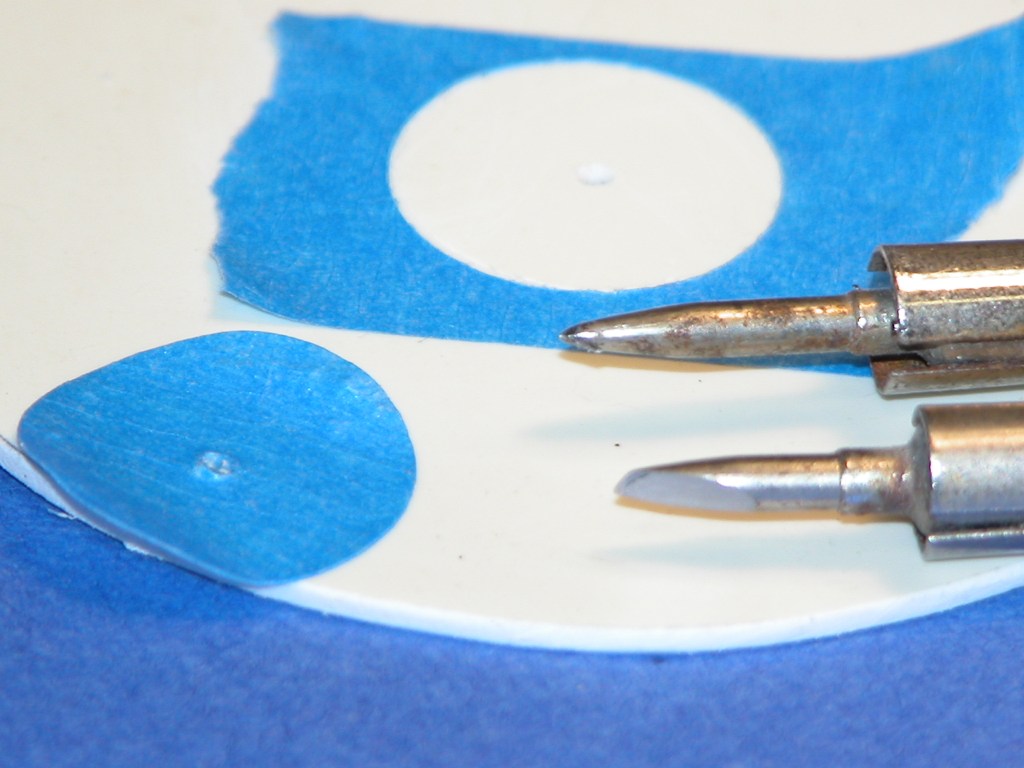
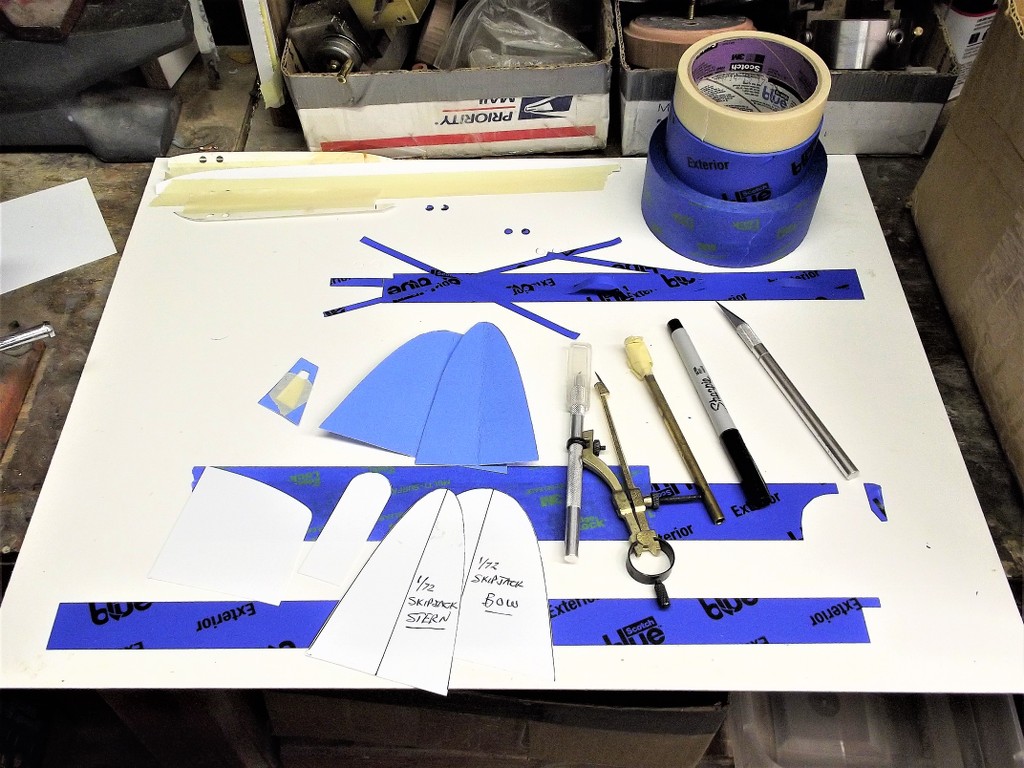


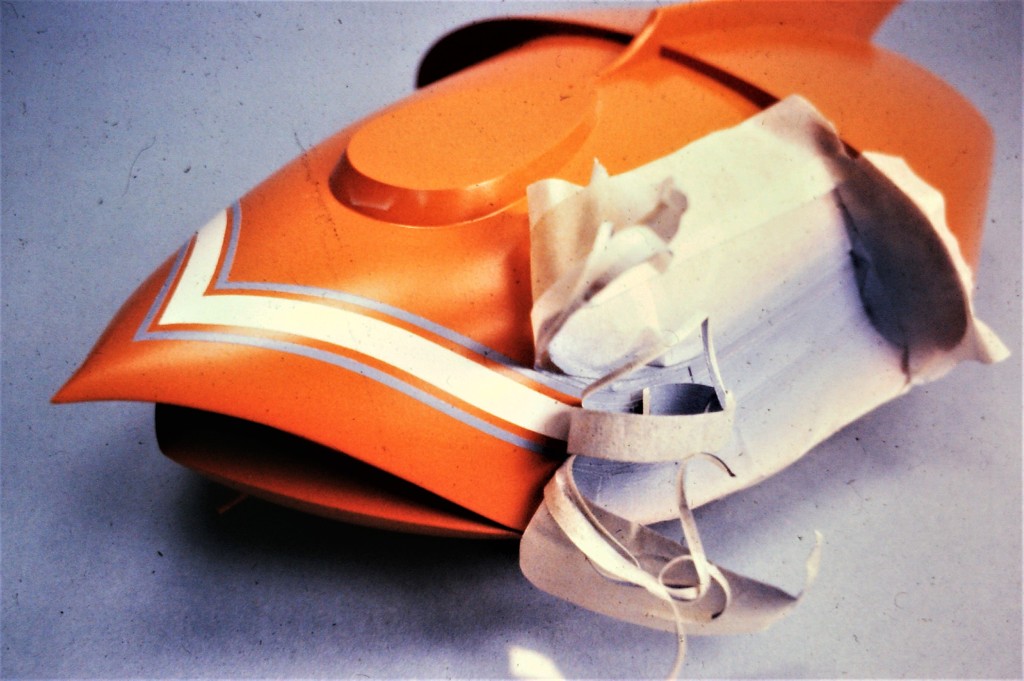
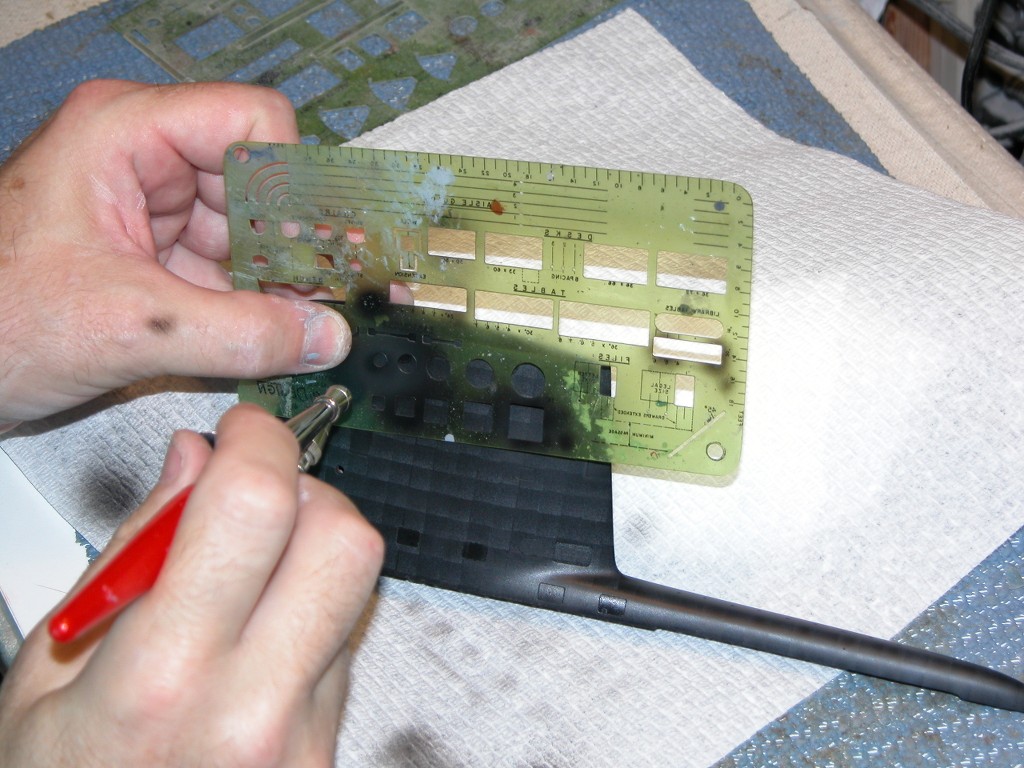

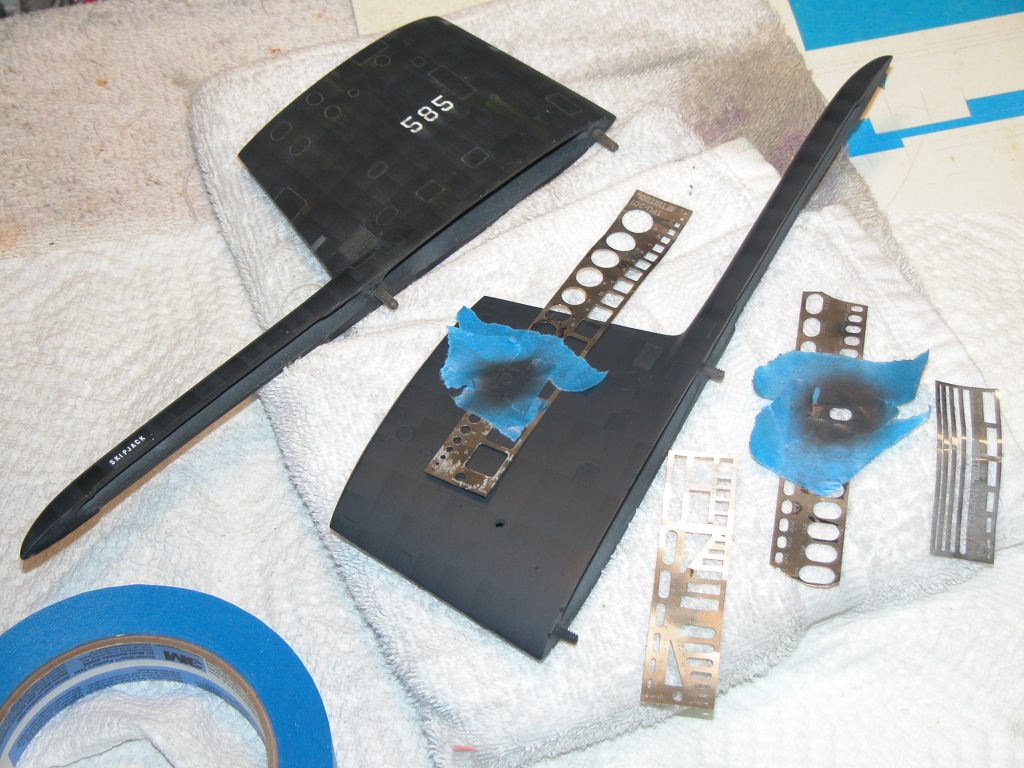

Comment